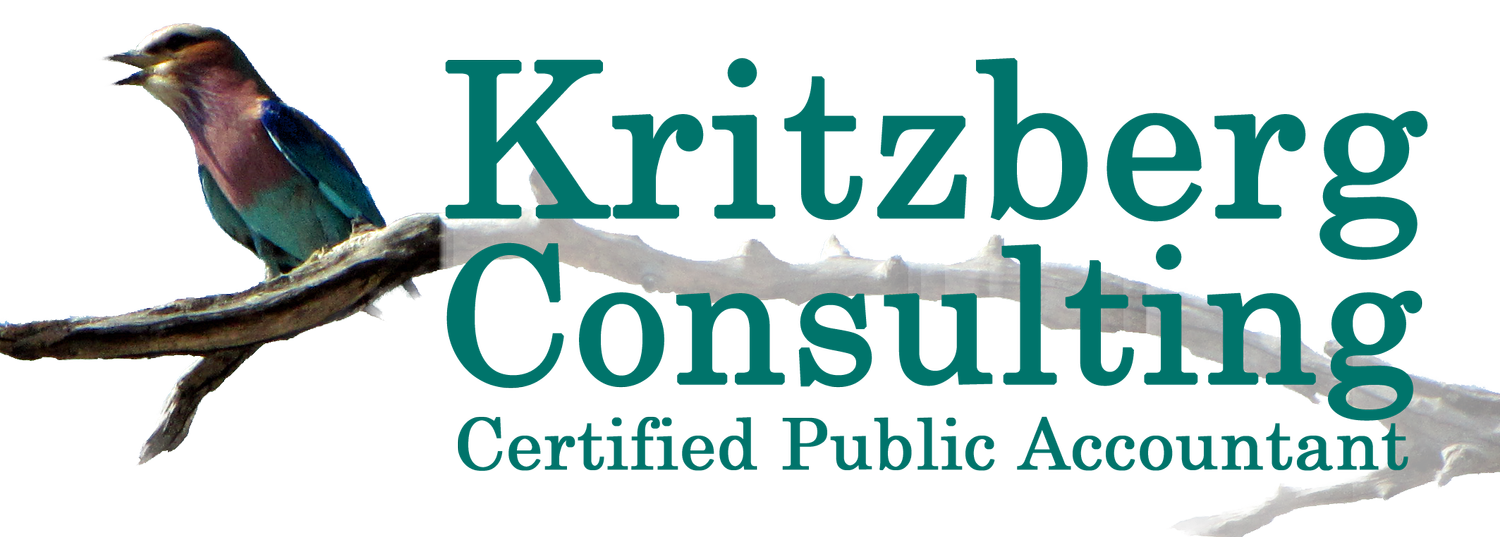Cash Reserves: Why and How Much
Lack of cash is one of the primary reasons small businesses fail. That’s why cash management is critical. Part of cash management is determining how much your company should hold in cash reserves, or the “rainy day fund”.
Linda opened a flower shop in late fall and had a terrific first six months. Thanksgiving, Christmas, Valentine’s Day and Mother’s Day were all really busy. She felt rich and used some of the cash she was earning to buy new clothes, a new sofa for her home, fancy display cases for her shop and a flashy sign. When summer came, business slowed and by mid-summer she found that she was out of cash. She started using credit card debt, but soon reached her limits. Then she went to the bank to get a loan, but was denied because she had too much credit card debt. If only she could have hung on until late fall, she might have made it to the next busy season. She just didn’t have the money. Linda closed her flower shop after being less than a year and was buried in debt.
If Linda had done some preliminary research on the flower business, she would have known that it’s seasonal and could have managed her cash better. But what if the next busy season wasn’t as busy because her customers were concerned about the economy? She still sold bouquets, but they were smaller and less profitable. What if she got sick and had to close the shop down for a couple of weeks? What if there was a flood that damaged her store? What if her supply of fresh flowers dried up? What if there was a zombie invasion? Ok, the last one may not be likely, but a good business manager plans for the unlikely as well as the more likely.
Cash reserves help us get through those seasonal slow-downs, the likely events and the unlikely events that are unavoidable for every business. If your business is seasonal, make sure you have cash reserves or cash availability to get you through the slow season. On top of that, or if your business isn’t seasonal, follow the general rule of having enough reserves to cover at least three months, but preferable six or more months of fixed costs.
Wow! Six months of cash reserves for almost any small business is a challenge, if not impossible. If that’s the case, secure a line of credit before you need it and don’t touch it until you really need it. Lenders are more likely to lend money to people who have money rather than those who don’t have money. Be sure to talk to your lender to make sure you understand their requirements for accessing the line of credit. Some lenders may want you to have a certain amount of money in the bank before you can draw on the line of credit.
Larger companies, and some small companies, perform a risk analysis and use a combination of cash reserves, lines of credit and insurance to mitigate those risks. For example, in the event of a flood, you could have flood insurance that includes loss of revenue coverage, but will need cash reserves to cover the deductible. A zombie invasion seems unlikely, so you may be willing to accept that risk without mitigation. However, an economic downturn is a certainty, but maybe less likely to mimic the crash of 2008/2009. An economic downturn doesn’t necessarily mean sales will stop all together, but they may slow enough for your company to experience losses for months or even years.
